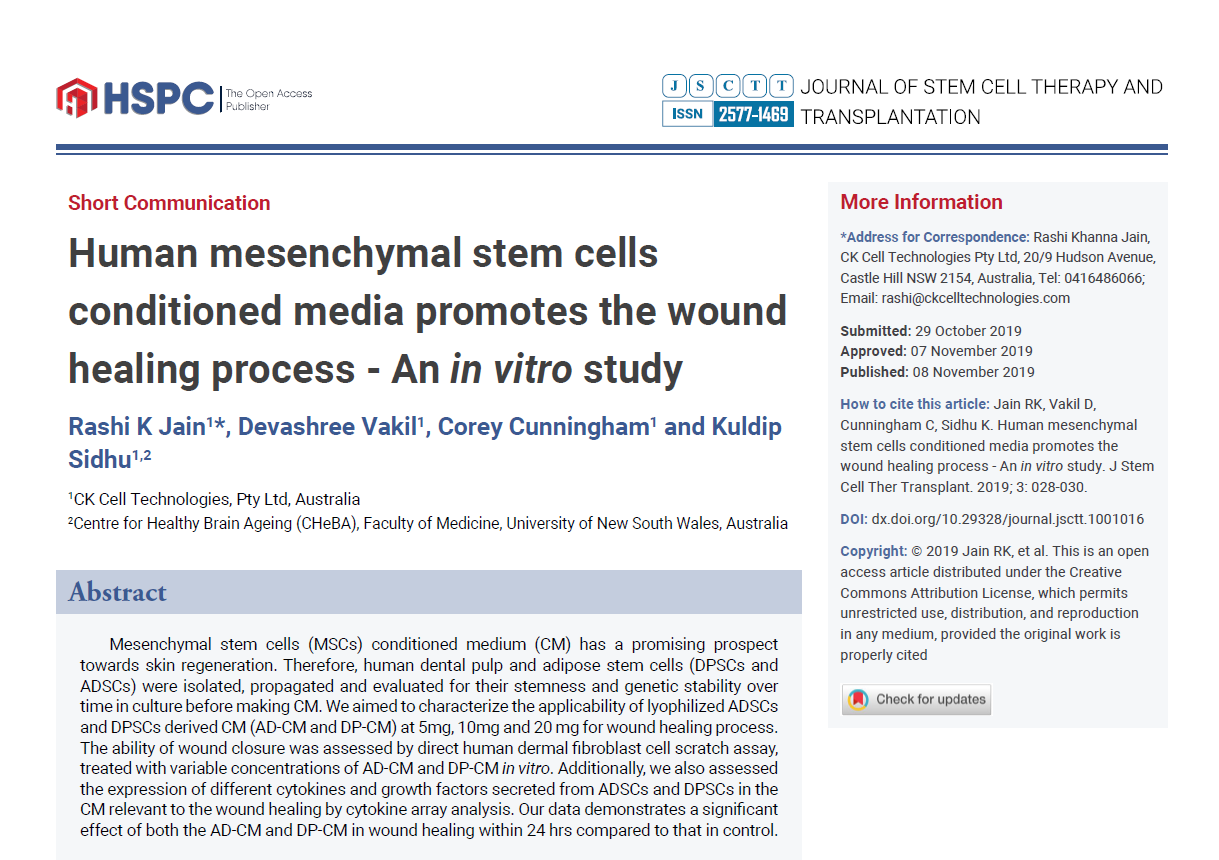Stem cells are capable of self-renewal as they can divide numerous times and maintain their undifferentiated state. They can be pluripotent or multipotent, as they have the potential to differentiate into several different adult cell types. Stem cells are able to repair or regenerate damaged tissues. Interestingly, even after our birth and into adulthood, every tissue in our body harnesses a store of these stem cells.
Adult stem cells are multipotent, which can produce more limited cell types than embryonic stem cells. Since adult stem cells can be harvested from and used for the same patient, both immunogenic rejection and ethical controversy can be precluded. As a result, scientists and clinicians are excited about the role of stem cells to treat various diseases, injury, and the deterioration of tissues due to aging or trauma. The growing number of clinical trials and available scientific data raises the expectation of clinicians delivering future treatment procedures using stem cells.
There are two broad types of stem cell:
- Pluripotent stem cells like embryonic stem cells (ESC) derived from embryos and induced pluripotent stem cells (iPSC) derived by reprogramming adult tissue cells or blood cells. These cells can be differentiated into all cell types in the body and hence possess huge therapeutic potential. However, ESC continue to be contentious because they are derived from embryos and will remain allogeneic and likely to be rejected. However, iPSC are also pluripotent and can produce all cell types in our body, albeit can be autologous and less likely to be rejected if used for transplantation purposes. Both ESC and iPSC can form tumours if not differentiated fully to adult cell types.
- Adult Stem Cells like Hematopoietic stem cells (HSC) derived from blood cells and are typically found in bone marrow or umbilical cord blood and Mesenchymal stem cells (MSC) generally derived from bone marrow, fat tissue and dental pulp tissue from teeth. These adult stem cells are multipotent and have limited differentiation potentials but less controversial than ESC for developing therapeutics.



